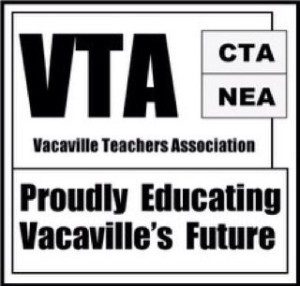Check out our upcoming March workshops.
The workshops:
- Bullying interventions – Thursday, March 7th
- Creating a Safe Space for GLBT Youth – Thursday, March 21st
Both of the classes will be held from 3:30 to 5:30 pm at Jepson Middle School.
Bullying remains a serious issue in our schools and community and has a big impact on school safety and student learning. One out of four teens are bullied and nine out of ten GLBT (Gay, Lesbian, Bisexual and Transgender) Youth experience harassment at school and online. On the playground, a child is bullied every seven minutes, with little peer or adult intervention (11% and 4% respectively). The vast majority of instances of bullying receive no intervention (85%). SOURCE: Youth Violence Project, Curry School of Education
We invite you to explore how to make our schools and classes and lunchrooms and the wider community a safer place that respects all our students and adults.
Registration is open now. All workshops will be held in the library at Willis Jepson Middle School. Please email triciac@vacavilleusd.org to register for any of the workshops.
Professional Development Workshop Series Co-Chairs
Tricia Cowen, Women’s Issues Contact
Alyson Brauning, Human Rights Contact





